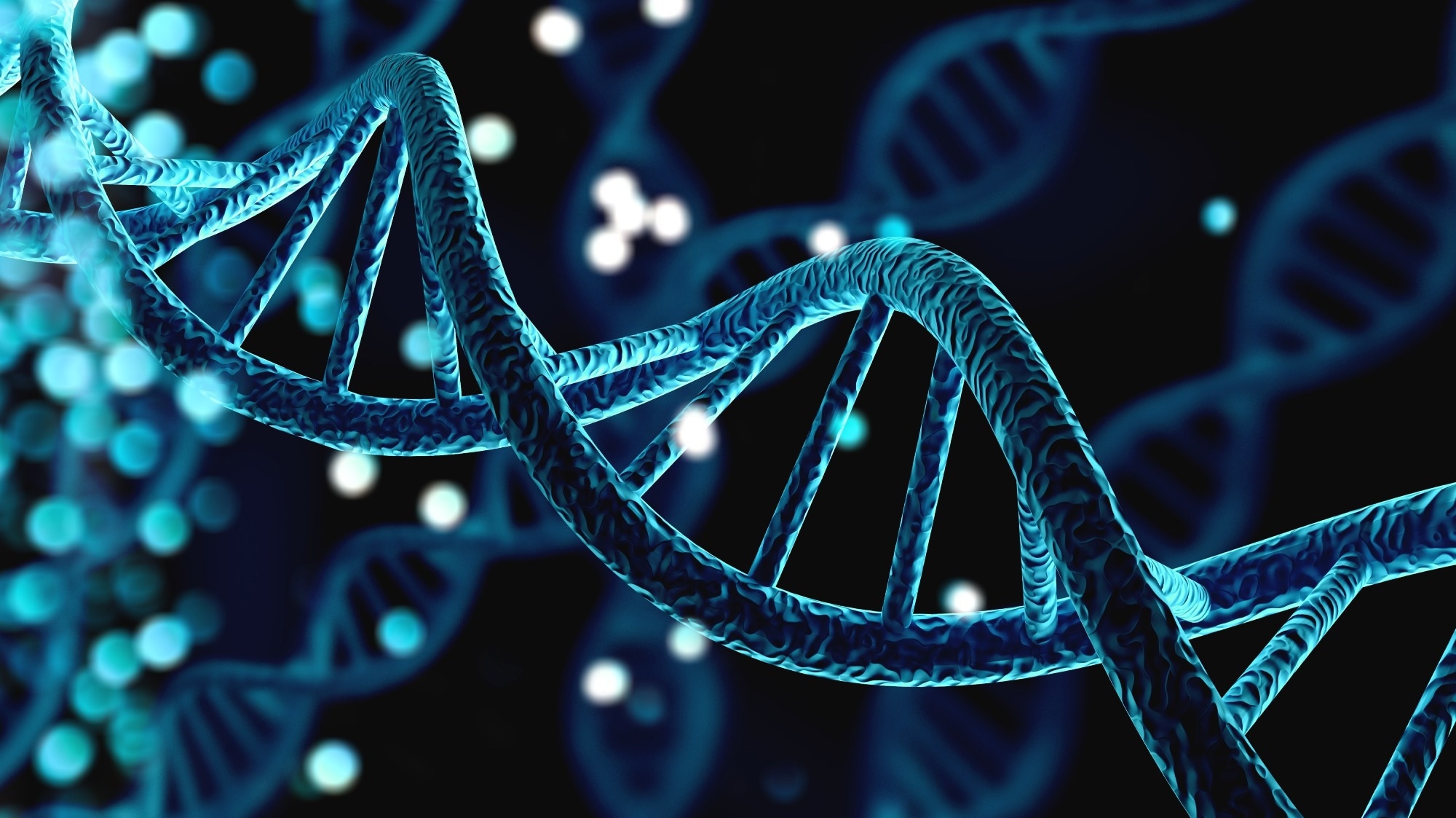In a recent study published in the journal Nature, researchers found that the recruitment of neurons to memory circuits is preceded by a cascade of molecular events induced during learning, which includes double-stranded deoxyribonucleic acid (DNA) damage in hippocampal neuronal clusters and repair mediated by toll-like receptor 9 (TLR9).
 Study: Formation of memory assemblies through the DNA-sensing TLR9 pathway. Image Credit: Billion Photos / Shutterstock
Study: Formation of memory assemblies through the DNA-sensing TLR9 pathway. Image Credit: Billion Photos / Shutterstock
Background
Memories are formed when neurons in the hippocampus undergo long-term molecular adaptations to form cortical microcircuits in response to stimuli. This process is energy-intensive and involves substantial morphological and biochemical changes. These molecular changes are believed to cause transient breaks in the double-stranded DNA.
Studies have also explored the role of intrinsic neuronal and pre-existing developmental programs in memory formation and have found that transcriptional factors such as cyclic adenosine monophosphate (cAMP)-response element binding protein (CREB) are involved in the process. Recent research has also focused on understanding how interneuronal perineuronal nets control inhibitory inputs to neuronal assemblies to stabilize memory circuits.
About the study
In the present study, the researchers attempted to understand and identify any overarching processes that integrated pre-existing developmental mechanisms and stimulus-initiated pathways that influenced neurons to commit to assemblies or microcircuits specific to memory.
Murine models were used to analyze transcriptional profiles of neurons in the dorso-hippocampal regions for more than 48 hours to understand immediate, early, and delayed gene expressions and protein signaling. For this analysis, mice were subjected to contextual fear conditioning, and hippocampus samples obtained either four or 21 days after the conditioning were used for bulk ribonucleic acid (RNA) sequencing.
Given that transient breaks in double-stranded DNA are known to be induced during neuronal activity for the induction of immediate early gene expression, they hypothesized that the DNA damage induced by learning activity might be more extensive and sustained in discrete populations of neurons. Immunofluorescence labeling was conducted using antibodies specific for the phospho-histone γH2AX binding to double-stranded DNA breaks to understand the origin of the contextual fear conditioning-generated extranuclear double-stranded DNA fragments.
Brain sections were also collected an hour after contextual fear conditioning to analyze the γH2AX signals associated with immediate early gene expression. Additionally, the baseline expression of CREB, which has already been identified to play a role in memory, was also analyzed using immunostaining. The researchers also examined the upregulation of the Fos protein during memory reactivation and the respective roles of immediate early gene expression and DNA damage repair.
Based on their identification of inflammatory signaling in these neuronal populations, the researchers further investigated whether these inflammatory responses were a result of the double-stranded DNA breaks induced during learning or the inflammation had a specific role to play in memory formation. Given the role of TLR9 in these inflammatory responses, they conducted TLR9 knockout experiments in specific neurons to determine how it impacted memory formation.
Additionally, single nuclear RNA sequencing was performed to characterize gene expression changes in neuronal and non-neuronal hippocampal cell populations due to the impact of contextual fear conditioning and neuron-specific knockout of TLR9. The researchers also examined the contributions of infiltrating immune cells and cell-free DNA from blood in memory formation and the upregulation of TLR9 signaling.
Results
The study found that learning and memory formation involved ruptures in the nuclear envelope, the release of histone into the perinuclear region, and persistent breaks in double-stranded DNA in clusters of neurons in the Cornu Ammonis 1 (CA1) region of the hippocampus. Furthermore, these damages to the double-stranded DNA and nuclear envelope were followed by TLR9 signaling activation, a resulting inflammatory response, and the accumulation of centrosomal complexes to repair the damaged double-stranded DNA.
The role of TLR9-associated inflammatory responses in the establishment of learning-induced memory was confirmed when TLR9 knockout in specific neurons resulted in memory impairments and the blunting of gene expression changes linked to contextual fear conditioning. TLR9 was also found to play an important role in the formation of DNA damage, repairing centrosomal complexes, ciliogenesis, and the construction of perineuronal nets.
The results suggested that learning-associated stimuli triggered a cascade of molecular events that included double-stranded DNA damage and DNA repair mediated by TLR9 in specific neuronal clusters in the hippocampus that recruited these neurons for memory formation. The researchers also speculated that when TLR9 function is compromised, errors in this fundamental mechanism could lead to cognitive impairments, psychiatric disorders, acceleration of senescence, and neurodegenerative disorders.
Conclusions
To summarize, the study found that learning-associated stimuli trigger a cascade of DNA damage and TLR9-mediated DNA repair that commit hippocampal neuronal clusters to memory formation. The inflammatory responses mediated by TLR9 have a vital role in memory formation, and impairments in TLR9 function could be implicated in cognitive, neurodegenerative, and psychiatric disorders.
Journal reference:
- Jovasevic, V., Wood, E. M., Cicvaric, A., Zhang, H., Petrovic, Z., Carboncino, A., … Radulovic, J. (2024). Formation of memory assemblies through the DNA-sensing TLR9 pathway. Nature. DOI: 10.1038/s41586024072207, https://www.nature.com/articles/s41586-024-07220-7